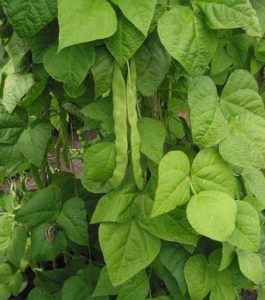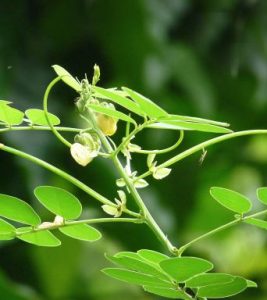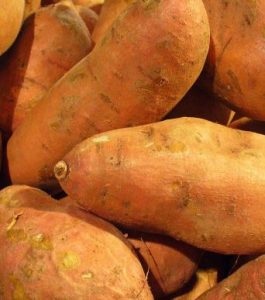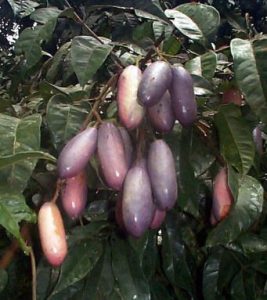 Common Name: Green Bean
Common Name: Green Bean
Description
Phaseolus vulgaris, the common bean (also known as the string bean, field bean, flageolet bean, French bean, garden bean, green bean, haricot bean, pop bean, or snap bean), is a herbaceous annual plant grown worldwide for its edible dry seed (known as just “beans”) or unripe fruit (green beans). Its leaf is also occasionally used as a vegetable and the straw as fodder. Its botanical classification, along with other Phaseolus species, is as a member of the legume family Fabaceae, most of whose members acquire the nitrogen they require through an association with rhizobia, a species of nitrogen-fixing bacteria.
The common bean is a highly variable species that has a long history of cultivation. All wild members of the species have a climbing habit, but many cultivars are classified as “bush beans” or “pole beans”, depending on their style of growth. These include the kidney bean, the navy bean, the pinto bean, and the wax …Read more
References
Switchboard
Wikipedia
Meet the crops
Cassia obtusifolia
 Common Name: Sickle Senna
Common Name: Sickle Senna
Description
Senna obtusifolia (Chinese senna, American sicklepod or sicklepod) is a legume in the genus Senna, sometimes separated in the monotypic genus Diallobus. It grows wild in North, Central, and South America, Asia, Africa, and Oceania, and is considered a particularly serious weed in many places. It has a long-standing history of confusion with Senna tora and that taxon in many sources actually refers to the present species. . . . .Read more
References
Switchboard
Wikipedia
Ipomoea batatas
 Common Name: Sweet Potato Leaves
Common Name: Sweet Potato Leaves
Description
The sweet potato or kumara (Ipomoea batatas) is a dicotyledonous plant that belongs to the family Convolvulaceae.
Its large, starchy, sweet-tasting, tuberous roots are a root vegetable. The young leaves and shoots are sometimes eaten as greens. Ipomoea batatas is native to the tropical regions in the Americas. Of the approximately 50 genera and more than 1,000 species of Convolvulaceae, I. batatas is the only crop plant . . . . .Read more
References
Wikipedia
References
Switchboard
Dacryodes edulis
Co mmon Name:Safou, African plum
mmon Name:Safou, African plum
Description
Dacryodes edulis is a medium-sized, evergreen tree attaining a height of 18-40 m in the forest but not exceeding 12 m in plantations. It is generally branched from low down, with a deep, dense crown. The bole is rather short, slightly fluted, 50-170 cm in diameter and more or less sinuous. The scented, pale grey, rough bark exudes a whitish resin. Buttresses are absent.
Leaves compound, imparipinnate, with 5-8 pairs of leaflets; glossy above, pubescent, the pubescence disappearing with age. Read more.
References
Switchboard
Wikipedia